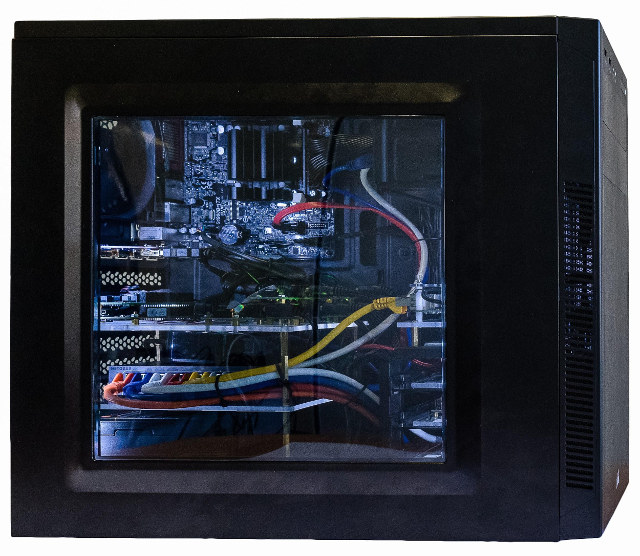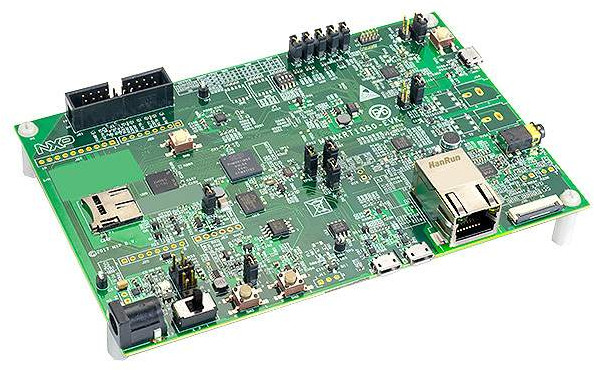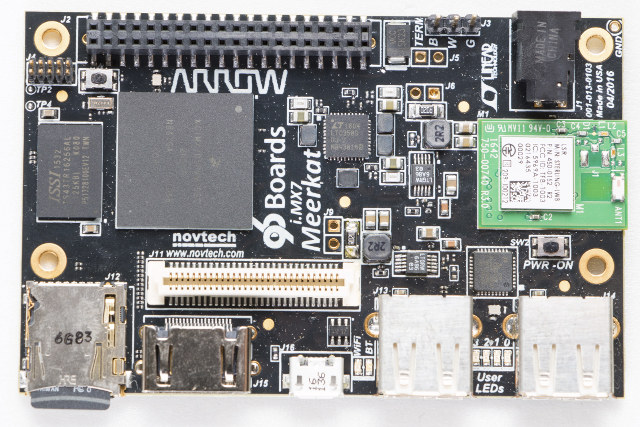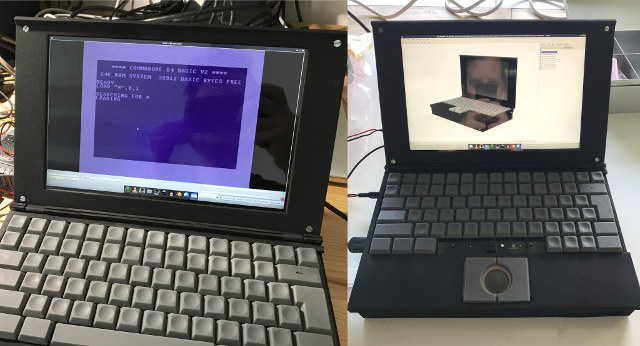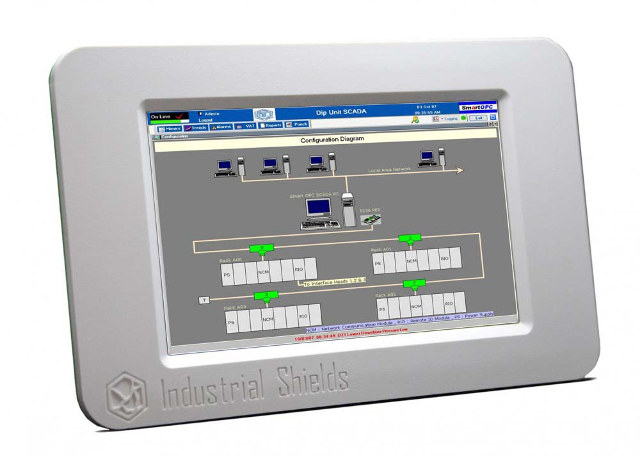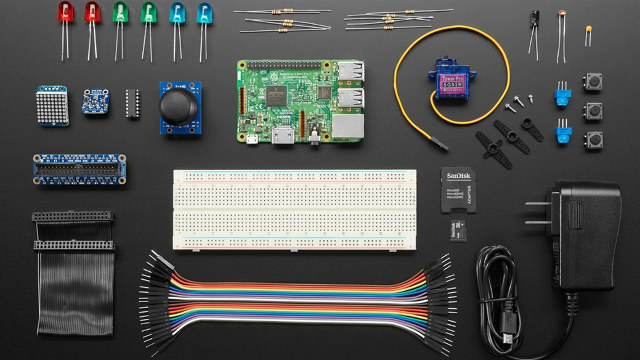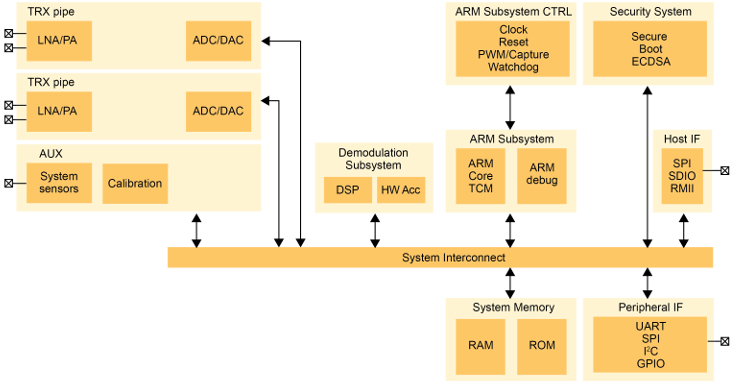The Linux kernel now has about 20 millions line of code, Arm has hundreds of licensees making thousands of processors and micro-controllers, which end up in maybe hundreds of thousands of different designs, many of which are not using Linux, but for those that do, Linux must be tested to make sure it works. The same stands true for any large software used on multiple hardware platforms. Manual testing is one way to do it, but it’s time consuming and expensive, so there are software and hardware continuous integration solutions to automate testing such as Linaro LAVA (Linaro Automated Validation Architecture), KernelCI automated Linux kernel testing, and Automotive Grade Linux CIAT that automatically test incoming patch series. Both CIAT and KernelCI focus on Linux, and rely on LAVA, with KernelCI leveraging hardware contributed by the community, and proven to be effective as since it’s been implemented, failed build configs dropped […]
Emcraft Releases Linux BSP for NXP i.MX RT1050 Cortex M7 Evaluation Board
NXP iMX RT series is a family of ARM Cortex M7 processors clocked at 600 MHz, making the solution a “crossover embedded processor” bridging the gap between real-time capabilities of micro-controllers and the performance of application processors. This week, NXP provided some benchmark numbers for i.MX RT1050 processor, which delivers a CoreMark score of 3020, DMIPS of 1284, and 20ns interrupt latency at 600 MHz, which means it could be a good candidate for embedded Linux, and Emcraft Systems has just released a uCLinux BSP for the NXP i.MX RT1050 EVK board. The BSP features U-Boot v2017.09-rc1, Linux Kernel 4.5 with relevant device drivers such as key I/O interfaces, Wi-Fi, SD card, LCD, etc…, and GNU development tools such as a GCC 4.7 toolchain, GDB, and so on. The company has made a demo with a GUI application designed with Crank Software’s Storyboard Suite, and running in Linux on the […]
iMX7-96 “Meerkat” ARM Cortex A7/M4 Development Board Launched for $109
If you have really good memory, you may remember that Freescale was working on a 96Boards compliant i.MX 7 development board in 2015 that was supposed to be released in Q4 of that year. Yesterday the board was finally launched and demonstrated on 96Boards OpenHours. i.MX7-96 board (aka Meerkat) is powered by an NXP i.MX 7 dual core ARM Cortex-A7 + 1x Cortex M4 processor, coupled with 512MB RAM, and complies with the Consumer Edition (CE) of 96Boards specifications. iMX7 96 board specifications: SoC – NXP i.MX 7Dual dual ARM Cortex-A7 processor at 1.2 GHz, with Cortex-M4 @ 200 MHz and 2D accelerator System Memory – 512 MB DRAM Storage – micro SD slot Video Output – HDMI Connectivity – 802.11 b/g/n WiFi + Bluetooth 4.1 LE (LSR Sterling-LWB module) USB – 2x USB 2.0 hosts, 1x micro USB 2.0 OTG Camera – 1x MIPI-CSI Expansion Interfaces 40-pin low speed […]
MNT Reform DIY Modular ARM Linux Portable Computer To Feature NXP i.MX 6/8 SoC
The first usable DIY ARM Linux laptop that I can remember is Novena, unveiled in 2014, based on Freescale i.MX 6Quad processor, and fairly expensive at close to $2,000 since it was a nice product. Recently, we’ve had more affordable options with products such as Olimex TERES-I laptop (Allwinner A64), and the second version of Pi-Top laptop shell for Raspberry Pi 3. There may soon be another option as MNT Media and Technology (Lukas F. Hartmann) partnered with an industrial designer (Ana Dantas) to work on “Reform”, a DIY and modular laptop / portable computer powered by NXP i.MX 6QuadPlus quad core ARM Cortex A9 processor, and eventually i.MX 8 hexa core Cortex A72/A53 processor. They are the prototype stage right now, and mostly looking for feedback. The preliminary specifications and features of the Reform portable computer include: SoC – NXP i.MX 6QuadPlus quad core Cortex A9 processor @ up […]
Industrial Shields Industrial Panel PCs are Based on Raspberry Pi, Banana Pi, or HummingBoard
Boot&Work Corp., S.L. is a company based in Catalonia that sells industrial automation electronic devices under “Industrial Shields” brand. What makes their product noticeable is that they all appear to be based on maker boards such as Arduino or Raspberry Pi. The company offers various Arduino based PLC modules with or without Ethernet that can be controlled with 10.1″ industrial grade panel PCs based on ARM Linux development boards. Currently three sub-families are available: HummTOUCH powered by Solidrun HummingBoard-i2 NXP i.MX 6Dual Lite board BANANATOUCH with either Banana Pi M64 (Allwinner A64 quad core Cortex A53) or Banana Pi M3 (Allwinner A83T octa core Cortex A7) TOUCHBERRY with Raspberry Pi model B or Raspberry Pi 3 model B Beside the different processors, the 10.1″ Panel PCs share some of the same specifications: Display – 10.1″ resistive multitouch LVDS, 315 nits, 170° viewing angle, 1280×720 resolution Video Input – MIPI CSI […]
Purism Librem 5 Open Source Linux Smartphone Meets its 1.5 Million Dollars Funding Target
Back in the summer, we reported about Purism Librem 5, a privacy-focused, open source Linux smartphone. The hardware has not been developed yet, at the time the company was still considering either i.MX 6 Cortex A9 processor or i.MX8 Cortex A53 processor for the phone, and asked for 1.5 million dollars in their self-managed crowdfunding campaign to get the phone delivered in 2019. The project was interesting but with the current status for the project, amount to be raised, and delivery timeline, it was a long shot. But it turns out there’s some demands for smartphones outside of Android and iOS ecosystem, and since then, KDE and the GNOME foundation have joined the project leading to more coverage & people getting involved, and Librem 5 phone is now fully funded with 13 days to go. The processor will likely be NXP i.MX 8M Quad quad core Cortex A53 SoC, as […]
Google Cloud IoT Core Enters Public Beta, Various Devkits Available
Back in May, I wrote about Allwinner R18 based Banana Pi BPI-M64 Board with Google Cloud IoT Core support, as Google unveils the new cloud service during Google I/O. However, at the time it was only available to selected partners, and Google has recently launched the public beta making their IoT device management platform available to all. I first learned about this through an ARM community blog post announcing availability of the ARM-based IoT Kit for Cloud IoT Core on Adafruit using Raspberry Pi 3 board, a breadboard, and various modules that can be managed through Google services. But that are plenty of other IoT kits or boards for Google Cloud IoT Core including: Allwinner R18 based Pine A64-LTS, Banana Pi BPI-R18 Marvell based MACCHIATObin, and ESPRESSOBin boards Mongoose OS IoT starter kit with ESP32 board( instead of Raspberry Pi 3) Grove IoT Commercial Developer Kit based on Intel NUC […]
NXP RoadLink SAF5400 is a Single Chip Secure DSRC/802.11p V2X Platform
Marvell unveiled 88W8987xA wireless SoC for V2X (Vehicle to Everything) applications supporting 802.11p WiFi, and DSRC (Dedicated Short Range Communications) last June, but NXP has recently launched Roadlink SAF5400 which it claims to be the world’s first “automotive qualified, high-performance single-chip DSRC modem” Key features for Roadlink SAF5400: Compliant with IEEE 802.11p, IEEE 1609.4 Compliant with: ETSI EN 302663 – Intelligent Transport Systems (ITS); Access layer specification for Intelligent Transport Systems operating in the 5 GHz frequency band ETSI EN 302571 – Intelligent Transport Systems (ITS); Radiocommunications equipment operating in the 5 855 MHz to 5 925 MHz frequency band; Harmonized EN covering the essential requirements of article 3.2 of the R&TTE Directive Compliant with ARIB T-109M – 700 MHz Band Intelligent Transport Systems Single channel handling for 802.11p reception/transmission. Includes Channel Switching Optional ECDSA verification: 2000 messages/sec (Brainpool/NIST curves 256 bits) Qualified in accordance with AEC-Q100 grade 2 Host […]

